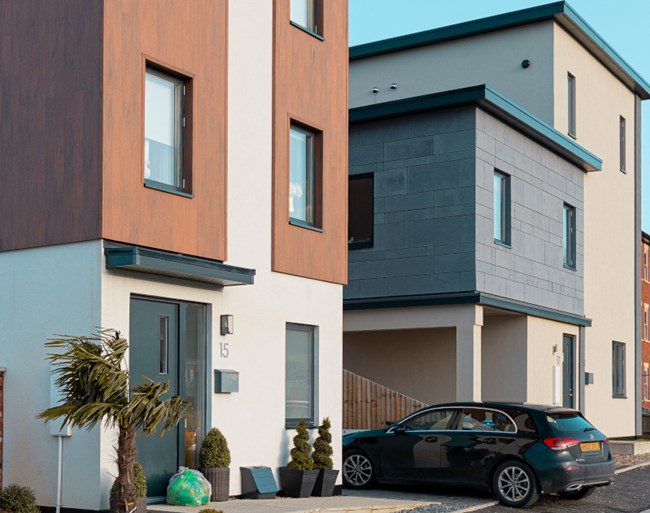We’re all looking for ways to cut down on our energy usage both to save money and to protect the planet. Improving insulation is an effective way of preventing heat loss and maintaining a warm, comfortable environment so that the heating system doesn't have to work overtime. Here are four ways that insulation upgrades can help keep you warm this winter.
Cavity wall insulation
Around a third of all heat lost from a home is via the walls, which goes to show how important wall insulation is. Most homes built after 1990 are insulated during construction, but for older properties with cavity walls, a simple but effective upgrade is to fill them with insulation material. The material is injected into the cavity via small holes drilled in the mortar. One of the best materials for insulating cavity walls is polystyrene beads, because they don't absorb moisture and are less likely to cause damp and mould than mineral wool or insulating foam.


Solid wall insulation
Most properties built before 1920 have solid walls and these are more difficult to insulate than cavity walls. They're also the worst offenders for heat loss, with around 45% of heat lost through solid walls.
There are two options for insulating solid walls. External insulation is the process of applying an insulating material on the outside of the property before rendering and cladding. Internal insulation is the process of fitting insulating boards or filled stud walls to the inside walls of the property before replastering. Internal solid wall insulation is usually cheaper, but it's significantly more disruptive because plug sockets, radiators and fitted furniture must be removed and reinstalled. It's a great upgrade if you're already planning major renovations to your home, otherwise it's usually more convenient to opt for external wall insulation.


Floor insulation
Between 10 and 20% of your home's heat can be lost through the floor. If you have solid concrete floors, you can insulate them by installing rigid insulation boards on top of the concrete before reinstalling your floor coverings. Suspended timber floors, which are common in older properties, can be insulated by laying mineral wool between the joists underneath the floorboards.
If you want to skip doing major work, a significantly cheaper and simpler option is to lay thick rugs down on the floors. This is less effective, but is a quick fix to help feet feel cosier in cold weather, particularly in rooms with hardwood or tiled floors.


Window upgrades
Triple glazing is the best for retaining heat, but even standard double glazing is better than single-glazed panes, which lose heat twice as fast as double-glazed panes. Energy can also be lost through gaps in the window frames which is why it's important to maintain and repair existing window units.
If your property has high quality timber windows with single glazing, you can install secondary glazing instead of replacing the entire windows. This is a great way to save money while retaining the heritage appearance of your property. If you can't afford window upgrades, try hanging thick, heavy curtains to help reduce heat loss.


Insulate your home to stay cosy
Investing in some of these insulation upgrades will help you stay warm and save money on your energy bills this winter.
This article was provided by comparethemarket.